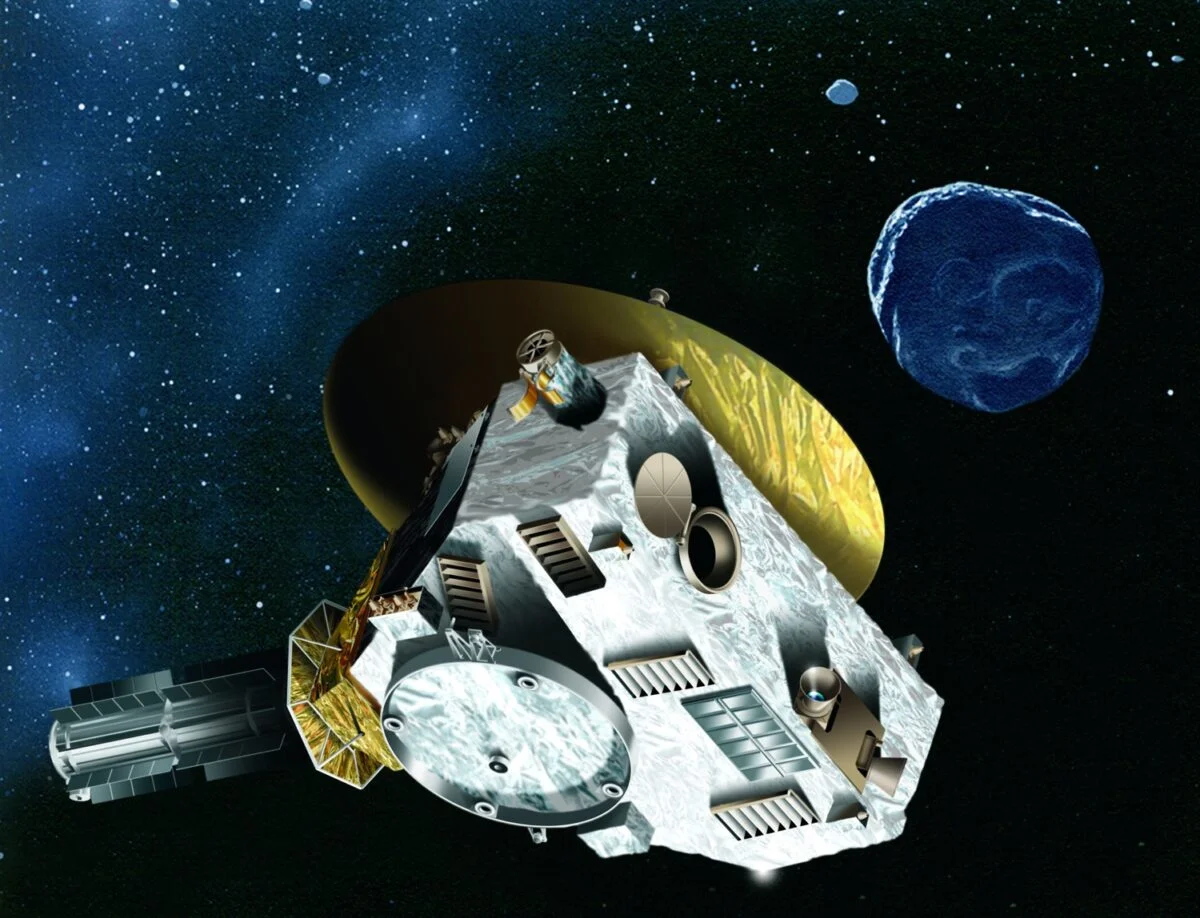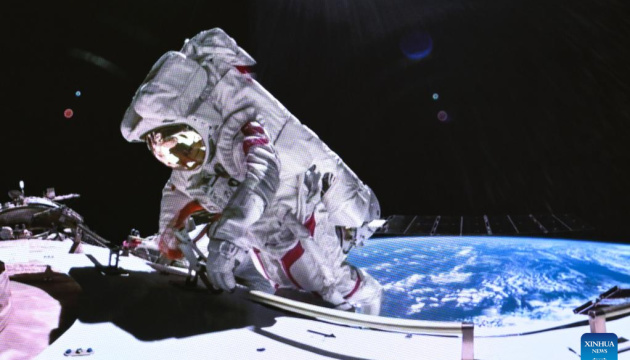NASA’s New Horizons team found unexpectedly high levels of dust in the Kuiper Belt; This changes our understanding of the outer edge of the Solar System, pointing to a larger area or new belt. New observations by NASA’s New Horizons spacecraft suggest that the Kuiper belt, a vast and distant outer region of our solar system filled with hundreds of thousands of icy, rocky planetary building blocks, may extend much farther than we thought.
New Horizons’ Venetia Burney Student Dust Counter (SDC) instrument detects higher-than-expected levels of dust moving rapidly along the outer edges of the Kuiper Belt, almost 60 times farther from the Sun than Earth; Small frozen remnants of collisions between the larger Kuiper. Belt objects (KBOs) and particles rising from KBOs are showered by microscopic dust impactors from outside the Solar System.
The readings contradict scientific models that suggest the KBO population and dust density should begin to decline within a billion miles of that distance, and add to growing evidence that the outer edge of the main Kuiper belt may extend billions of miles farther than current estimates. – or there may even be a second generation beyond what we currently know.
New discoveries beyond Neptune
“New Horizons makes the first direct measurements of interplanetary dust far beyond Neptune and Pluto, so each observation can lead to a discovery,” said Alex Donner, lead author of the paper and a graduate student in physics at the University of Colorado Boulder. He serves as SDC supervisor. “The idea that we may have discovered a vast Kuiper belt, where a whole new population of objects are colliding and producing more dust, offers another clue to unlocking the mysteries of the outermost regions of the solar system.”
Designed and built by students at the Laboratory for Atmospheric and Space Physics (LASP) at the University of Colorado Boulder, under the guidance of professional engineers, the SDC detected microscopic dust particles created by collisions between asteroids, comets, and Kuiper Belt objects across New Horizons. A 5 billion-mile, 18-year journey through our solar system since launch in 2006, including historic flybys of Pluto in 2015 and KBO Arrokoth in 2019. By counting and measuring the size of dust particles, the SDC produces information about the frequency of collisions of such objects in the outer solar system.
The latest surprising results were collected over three years as New Horizons passed 45 to 55 astronomical units (AU) from the Sun, one AU away. It is the distance between the Earth and the Sun, approximately 93 million miles or 140 million kilometers.
The data comes after New Horizons scientists using observatories such as Japan’s Subaru Telescope in Hawaii discovered a series of KBOs far beyond the traditional outer edge of the Kuiper Belt. This outer edge (where the density of objects begins to decrease) was thought to be about 50 AU away, but new evidence suggests that the belt may extend to 80 AU or beyond.
Donner said scientists are looking for other possible causes of high dust counts at SDC as telescope observations continue. Perhaps a less likely possibility is radiation pressure and other factors pushing dust formed in the inner Kuiper belt beyond 50 AU. New Horizons may also encounter short-lived ice particles that do not reach the interior of the Solar System and are not yet accounted for in current models of the Kuiper belt.
“These new scientific results from New Horizons may be the first time any spacecraft has discovered a new population of objects in our solar system,” said New Horizons principal investigator Alan Stern of the Southwest Research Institute in Boulder. “I can’t wait to see how far these high dust levels in the Kuiper Belt will go.”
The continuing journey of New Horizons
Now on its second extended mission, New Horizons is expected to have enough fuel and power to operate at distances greater than 100 AU from the Sun through the 2040s. SDC could potentially even capture a spacecraft’s passage into a region where interstellar particles dominate the dust environment, according to mission scientists. With additional telescope observations of the Kuiper Belt from Earth, New Horizons, the only spacecraft operating in the Kuiper Belt and collecting new information about it, has a unique opportunity to learn more about the KBO, dust sources, and the belt field, as well as interstellar spacecraft. dust. and dust disks around other stars.













